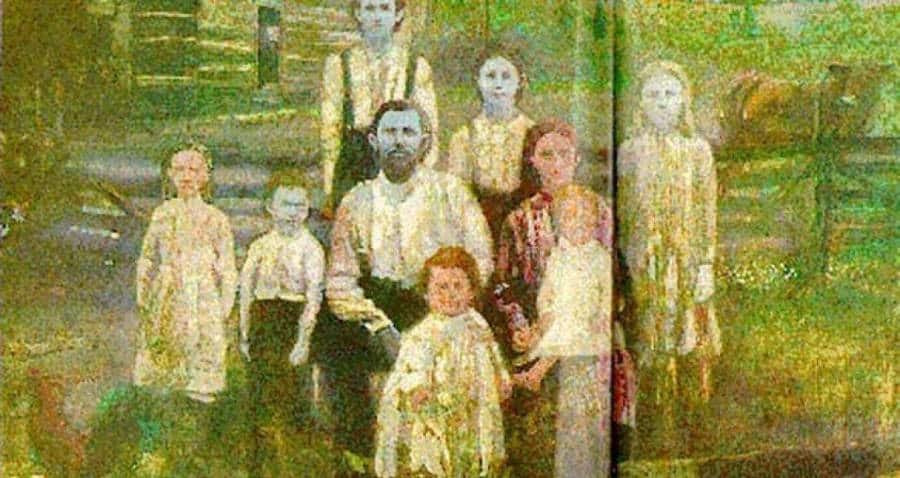Humans have never been strangers to bizarre medical conditions. Sometimes, these maladies are so strange that it’s difficult to believe the historians that document them. Are these just urban legends? How could someone possibly eat metal? As crazy as it sounds, multiple people throughout history could do this, and not even as far back as you’d think.
Today, we’re going to cover a condition that sounds even stranger than simply eating metal. The Blue Fugates were a family in Kentucky with a condition that created quite the buzz back in the day.

The Origins of Blue Fugates
The story of the Fugates family begins in the early 19th century in Kentucky, where husband and wife Martin Fugate and Elizabeth Smith settled. Without our modern knowledge of genetics, the two couldn’t know that they both carried a recessive methemoglobinemia gene.
The result of these two recessive genes coming together was a change in their children’s skin pigments, giving them a blueish hue. Luckily for their descendants, though they looked particular, it didn’t affect their health. The Fugates family lived lives unaffected by the gene except superficially.

The Fugates Family later On
The area where the Fugates lived around Troublesome Creek and Ball Creek was extremely remote and sparsely populated. As a result, intermarriages were common, leading to multiple family lines giving birth to blue children.
They mostly lived in obscurity until the 20th century, when doctors discovered this particular condition and began to study it. Of course, doctors, being the healers they are, immediately set to work figuring out what was going on. The most famous doctors studying methemoglobinemia among the Fugates were hematologist Madison Cawein III and the nurse Ruther Pendergrass.

Curing The Blue Skin
Madison Cawein III and Ruth Pendergrass contributed heavily to the study of methemoglobinemia. By 1964, Cawein had crocked the problem and even came up with a cure. In a 1964 paper published in the Archives of Internal Medicine, he detailed how simply injecting a patient with methylene blue could reverse the blue hue.
The two also started a project to cure everyone in the area with methemoglobinemia. They compiled their family trees (which actually let them trace it back to Martin Fugate and Elizabeth Smith). From there, they began treating the condition with methylene blue.
The last known descendent of the Fugates to suffer from methemoglobinemia was Benjamin Stacy, who was born in 1975. When he was born, he submitted symptoms, but the blue color faded it away naturally. Today, he exhibits blue spots on his lips and fingertips when cold or agitated but otherwise shows no traits.
Today, some suffer from the same rare disorder. Genealogists have attempted to trace it back to the Fugates family but have been unable to.
- Tulip Mania – The Story of One of History’s Worst Financial Bubbles - May 15, 2022
- The True Story of Rapunzel - February 22, 2022
- The Blue Fugates: A Kentucky Family Born with Blue Skin - August 17, 2021